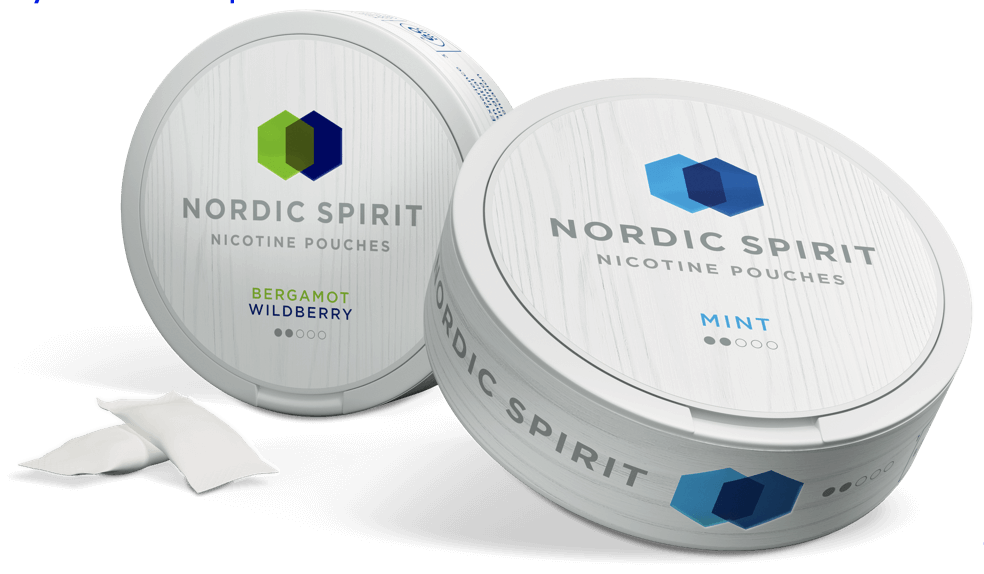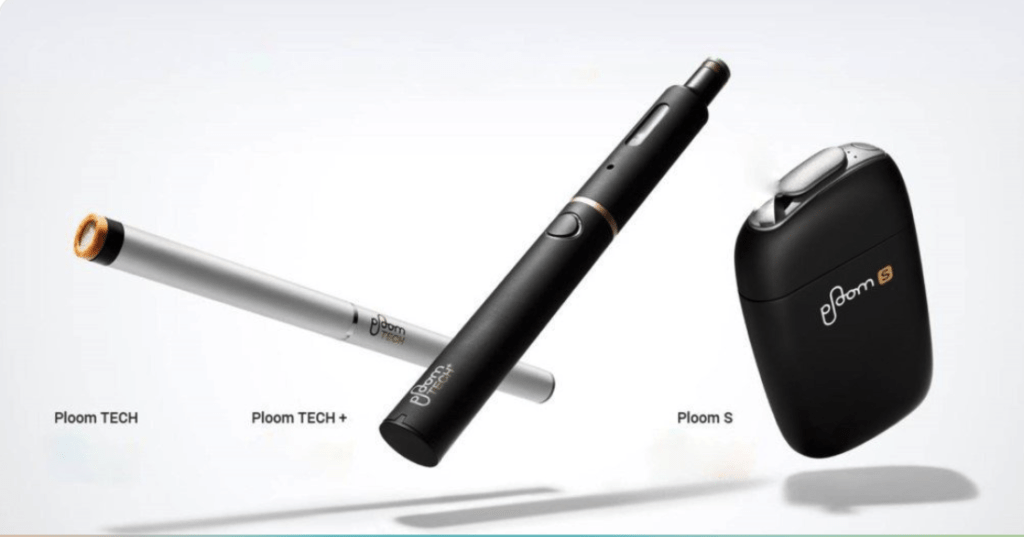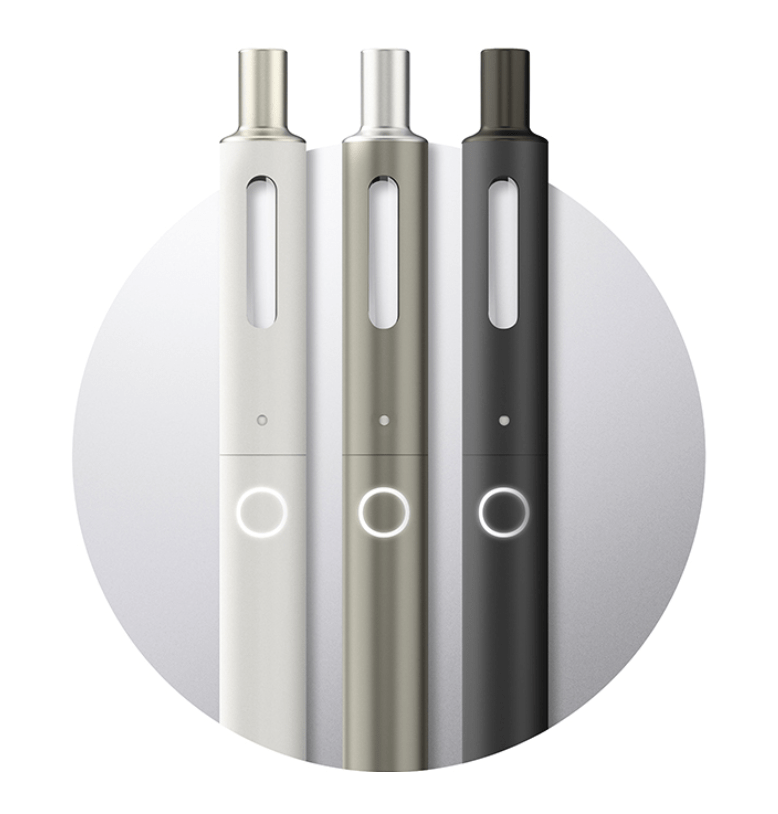Newer Nicotine and Tobacco Products: Japan Tobacco International
This page was last edited on at
Since the early 2000s transnational tobacco companies (TTCs) have developed interests in newer nicotine and tobacco products, including e-cigarettes (also known as electronic delivery systems, or ENDS), heated tobacco products (HTPs), snus and nicotine pouches.
Companies have referred to these types of product as ‘next generation products’ (NGPs) although terminology changes over time.
As the harms from conventional products have become better understood, and tobacco control measures have been put in place, the cigarette market – from which tobacco companies make most of their profits – has started to shrink. To secure the industry’s longer-term future, TTCs have invested in, developed and marketed various newer products, including in low and middle-income countries.1 They are often publicly linked to tobacco companies’ harm reduction strategies and labelled ‘reduced risk’ or ‘modified risk’ products.
There is ongoing scientific and policy debate about the role of these products in tobacco control, with concerns around long term health effects, marketing to youth, and how this diversification may help the industry to build credibility and influence policy makers.12
It is important to note that, despite increasing investment in these products, the core of the global tobacco industry’s business remains unchanged. Newer products form a small proportion of their revenue, compared to conventional products, and will do so for the foreseeable future.
Background
Like its competitors, Japan Tobacco International (JTI) has been investing in newer nicotine and tobacco products that, unlike cigarettes, have potential for growth in developed markets.3
On its corporate website, in 2019, JTI described the importance of its “reduced-risk products” ( RRPs) to the company’s future:
“RRPs are core to the sustainability of our business, as we need to meet ever-evolving, increasingly diverse consumer demands with the best and widest variety of smoking experiences. That’s why we have committed to providing the widest range of consumer choice in the RRP category.”4
However by 2021, JTI’s framing had changed. Now its website pointed to the importance of consumer lifestyle choice, noting that some of their customers would continue to choose combustibles.5 In its 2021 annual report JT (JTI’s parent company) stated that:
“While the RRP [Reduced Risk Product] category is our top investment priority in terms of future sustainability of the JT Group, we project nonetheless that combustibles will remain the tobacco industry’s biggest category through the coming decade.”6
JT also stated that it did not expect its RRPs to break even until 2027.6
Snus

Snus is a smokeless tobacco product, traditional to Sweden, sold as a paste or in a tiny pouch that is placed between the gum and upper lip for a period of time. Nicotine pouches do not contain tobacco leaf.
- For more details about this product, see: Snus.
Gallaher, acquired by JTI in 2007, was the first cigarette company to invest in snus when it bought a small Swedish snus manufacturer called Gustavus in 2002.7 Tobacco Control, 2013; 22:266-273 In 2013, JTI’s parent company, Japan Tobacco briefly trialed Zerostyle snus in Osaka, Japan, but with little apparent success. 8
From 2017, JTI has been selling snus in Norway and Sweden through its wholly-owned subsidiary, Nordic Snus.9 It sells two brands, LD and Nordic Spirit, the latter being a nicotine pouch (see image 1).10
The product category only featured as a footnote in the company’s 2018 annual report.11 However, this is a fast-growing market, and JTI has been promoting its product Nordic Spirit nicotine pouches in the UK and other EU countries, where tobacco snus is banned.12 In 2019, Japan Tobacco reported that Nordic Spirit had been launched in seven European markets “with encouraging results.13 In its 2021 annual report JTI stated that it was prioritizing markets in Sweden, Switzerland and the UK.6
- For more information go to Cigarette Companies Investing in Snus and Nicotine Pouches
However, the company’s strategy appears to be mainly focussed on HTPs and e-cigarettes.
Heated Tobacco Products

In 2010, JTI’s parent company Japan Tobacco had launched Zerostyle Mint in Japan, which it described as a “smokeless”, snuff-like tobacco product. However, this device required the user to inhale by mouth through a capsule containing tobacco leaf, unlike snuff which is placed directly in the nose.14
Although this was not an HTP, as it did not require lighting or heating, it was a precursor to later devices in terms of its design and the company’s strategy. Zerostyle Mint was not marketed as a reduced-risk product, but nonetheless was a way for JTI to circumvent social problems associated with smoking, as well as smoke-free regulations. JT’s media release stated at the time:
“The new product does not require a flame, and thus is smokeless, allowing consumers to use it in a variety of locations, being considerate to neighbors [sic] at the same time”.15
Partnership with Ploom Inc.
In 2011, JTI entered into a partnership with San Francisco-based entrepreneurial company Ploom Inc. (which was later renamed Pax Labs: for more information see JUUL Labs.16 The aim was to commercialise Ploom Inc.’s HTP product, called Ploom, outside the US.17 It is likely that when JTI gained access to the Ploom product, it ceased sales of its own Zerostyle product. The last time Zerostyle featured in JT corporate external communications was October 2013.18
The partnership between JTI and Ploom Inc. came to an end in 2015, and JTI acquired a number of patents and trademarks relating to the product.19 Since then, JTI has continued to develop, and bring to market, variants of Ploom, under its “T-Vapour” product category.13
Ploom HTP hybrids
JTI’s HTP, Ploom TECH (and Ploom TECH+) uses a hybrid technology which heats a liquid to create a vapour (similar to an e-cigarette), and then passes the vapour through a tobacco-containing capsule.4 Launched formally in April 2019, JTI describes these products as “tobacco infused”.136 What sets the Ploom TECH products apart from other HTPs on the market is that they heat tobacco at “low temperature”: 30°C and 40°C, respectively.2021 In comparison, a conventional cigarette heats to around 600°C;22 Philip Morris International’s IQOS to 350°C;23 and British American Tobacco’s glo to 280°C.24 PloomTech has been marketed as Logic Vapeleaf in the US since 2017.2526 27 However it appears that this is without Pre-Market Authorisation, which is a legal requirement in the US. The Food and Drug Administration (FDA) wrote to JTI in September 2019 demanding further information from the company.28 In March 2022, The FDA approved the marketing of Logic Vapeleaf in the US.29
Ploom Heated Tobacco
Ploom S, developed by JTI after Ploom TECH and launched in August 2019, only uses tobacco sticks, which are heated to 200°C.1321 In November 2020, JTI launched Ploom S and Evo tobacco sticks in the UK.30 The products were on sale online, and in London via independent retailers, in “pop-up shops” and “Ploom Lounges”.30 This launch took place during Covid-19 pandemic, just after the announcement that non-essential commercial premises would be closed again, including e-cigarette stores.
JTI launched its next HTP, Ploom X, in July 2021, in Japan, “supported by digital campaigns and new Ploom X CLUB portal”.631
JTI also sells tobacco sticks for use with Ploom devices under its Mevius and Camel tobacco brands.3233
Market pressure from HTP competitors
In 2019, JTI’s HTPs were also sold in Japan, Switzerland, Italy, the United States (US), Canada, and Russia.1334
Despite HTPs appearing to be the main focus of JTI’s newer products strategy, the company has struggled to gain market share, especially in its domestic market. JTI has been criticised for not being able to keep up with market leader Philip Morris International (PMI), which according to Reuters held nearly 72% of Japan’s HTP market in 2018 with its IQOS HTP.35 Euromonitor International put PMI’s share slightly higher at 75%, with British American Tobacco (BAT) having nearly 18% with glo, and JTI at just over 7%.34 JTI initially attributed this to repeated production delays which resulted in the company having to suspend sales and being unable to meet consumer demand.36
The picture remained very similar in 2019 (although PMI appeared to lose some sales to BAT).34 In its 2019 Q3 Results presentation to investors, the company admitted that it was facing “increasing competition in the high-temperature heating category” and that its products were not adequately meeting consumer needs.37 On its Ploom S product, which was launched in August 2019 (and which falls in the ‘high-temperature heating category’), the company reported that “Trials and retention [were] below our expectation”. A company press release followed in November 2019, announcing that JT was permanently reducing the retail price of Ploom S in Japan from 7,980 yen to 3,480 yen (USD equivalent: $72 to $31).38
PMI launched KT&G’s lil HYBRID HTP in Japan in October 2020, in direct competition to JT’s products.39 (For more information see Newer Nicotine and Tobacco Products: Philip Morris International.) Perhaps in response to commercial pressure, in July 2020, JT announced the development of Ploom X, its “next-generation heated-tobacco device” to be launched in Japan on 17 August.404142 Developed by JT and JTI (now in the process of consolidating into one business) the company said that it would have a “authentic tobacco taste and cigarette-like experience”,41 and “new connectivity possibilities and several options to personalize the device to everyday needs”.42 JTI said that it had “focused management and resources behind heated tobacco sticks in order to compete more successfully in this fast-moving segment.”4241 JTI reported that in 2021 Ploom X formed 50% of its RRP sales in Japan.6 Italy, the UK and Russia are other key markets for JTI’s HTPs.6
JTI also reported fast growing sales in Russia which it called “a highly dynamic and competitive environment”.6 In March 2022, it stated that, because of the war in Ukraine, it was suspending its marketing activities in Russia, including the launch of Ploom X which had been planned for 2022.643
- For information on global HTP market shares, see Heated Tobacco Products
E-cigarettes

E-cigarettes, also known as electronic cigarettes or Electronic Nicotine Delivery Systems (ENDS), do not contain tobacco. The product consists of a battery, a cartridge with nicotine liquid, and a heating mechanism that heats up the liquid to create a vapour.
- For more detail on what an e-cigarette is and the public health debate around the product, go to E-cigarettes: The Basics and E-cigarettes
In 2014, JTI entered the e-cigarette market by acquiring small e-cigarette companies. First it bought UK-based Zandera, followed one year later by US company Logic. JTI initially sold two brands, E-Lites and Logic, but since 2016 its e-cigarettes have been sold under the Logic brand (see image 3). In its 2019 annual report, it stated that its “E-Vapor” category efforts were focussed on expanding Logic Compact.13
- For more information, including Logic market share, lobbying and promotion go to E-cigarettes: Japan Tobacco International.
US Joint Venture with Altria
In October 2022, JT Group announced that it had entered into a joint venture with Altria through their respective subsidiaries JTI and Philip Morris USA, to “market and commercialize” heated tobacco in the US with “Ploom branded devices and Marlboro branded consumables.”4445
Altria was to hold 75% of the joint venture company Horizon Innovations, with JTI holding 25%. The deal includes the two companies collaborating on premarket applications to the FDA, planned for 2025.4445
Reduced Risk Statements
JTI refers to both its e-cigarettes and HTPs as “Reduced Risk Products” (RRP), sometimes preceded by the word “potentially”.11464748 Similar terms are used by JTI’s competitors. For more information, see the page on Product Terminology.
These products form part of JTI’s stated strategy for “Building a Brighter Future”.4647 In 2019, it claimed to have spent US$1 billion in five years on “design, development and scientific research” into newer products (including HTPs).49 Its 2018 annual report specified a total investment of 200 billion yen US$1.85 billion in RRPs by 2020.11
JTI appears more cautious in its reduced risk claims than its main competitors, PMI and BAT, focussing more on consumer choice than :
“Consumers all over the world vary in their needs, demands and desires, and where one individual might find combustible products meet those requirements, a growing number are looking to the benefits of Reduced-Risk Products (RRP). This is usually due to the products’ potential for harm reduction and/or an experience that is more tailored to their lifestyle or situation.”48
In 2019, the company website stated: “We cannot say today that Ploom TECH is safer than smoking regular cigarettes but tests have shown that Ploom TECH has a 99% reduction in the constituents recommended by WHO for reduction in cigarette smoke.”4 In 2023 the UK Ploom website referred to a “90-95% reduction rate”, and stated that “this does not mean that use of Ploom X is safe (…)50
While JTI admits that “there are currently no globally agreed standards for assessing the risk-reduction of the alternatives to combustible tobacco products” it also states in its 2021 annual report that RRPS “offer real benefits to consumers and society.”6 For more on the evidence around the safety of HTPs see Heated Tobacco Products.
Like the other transnational companies, JTI presents its research on RRPs on a dedicated JTI Science website.51
- For details of how tobacco companies use the concept of harm reduction to further their commercial objectives, see the page on Harm Reduction
“Plug and Play” for “health benefits”
In March 2019, JTI announced a partnership with US company Plug and Play, a technology ‘incubator’, to develop a programme called “Vapetech”, to allow start-ups to pitch ideas to JTI to help it “explore and develop consumer relevant features for the next generation of products and services”.52 JTI said it was “bringing together innovators and data experts to develop technology that improves the experience and health benefits of vaping.” 52 In its 2020 annual report JTI stated that it expected overall sales volume to “continue growing … mainly driven by a positive cigarette price/mix variance.”53
In its 2021 annual report it stated that the key to increasing profit and returns for shareholder was “growth of the tobacco business”.6 Conventional tobacco remained a “top-priority category” with heated tobacco expected “to become a strong pillar for our future growth”.6 Logic did not feature in JTI’s business plan or in presentations of financial results in 2022, where the focus was on its HTP Ploom.546
TobaccoTactics Resources
- Japan Tobacco International
- E-cigarettes: Japan Tobacco International
- Heated Tobacco Products
- Cigarette Companies Investing in Snus
- Nicotine Pouches
- Newer Nicotine and Tobacco Products
- Tobacco Company Investments in Pharmaceutical & NRT Products (Japan Tobacco)
- Industry Approaches to Science on Newer Products
Relevant links
TCRG Research
- Transnational tobacco company interests in smokeless tobacco in Europe: Analysis of internal industry documents and contemporary industry materials, S. Peeters, A. Gilmore, PLoS Medicine, 2013,10(9):1001506
- Understanding the emergence of the tobacco industry’s use of the term tobacco harm reduction in order to inform public health policy, S. Peeters, A.B. Gilmore, Tobacco Control, 2015; 24:182-189